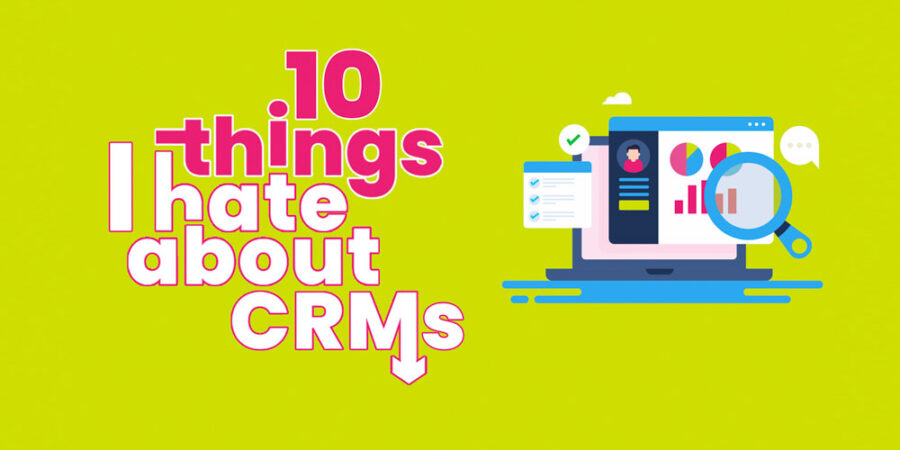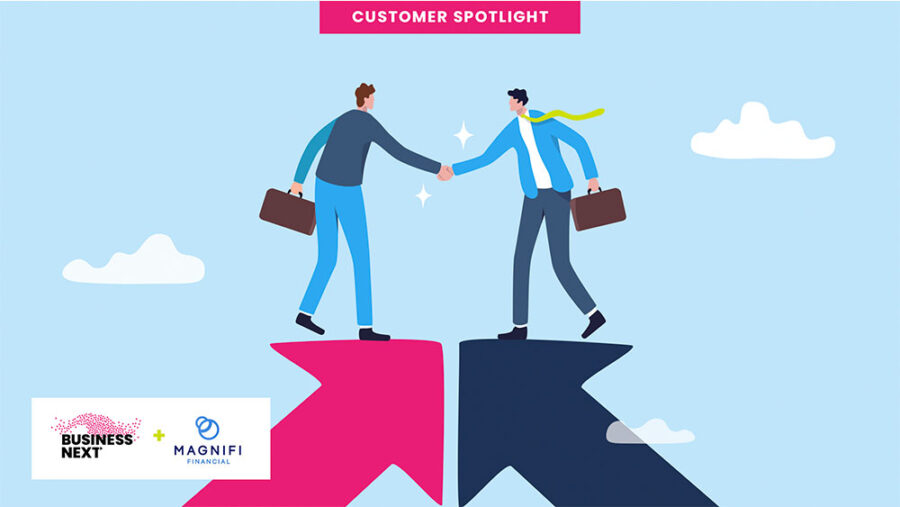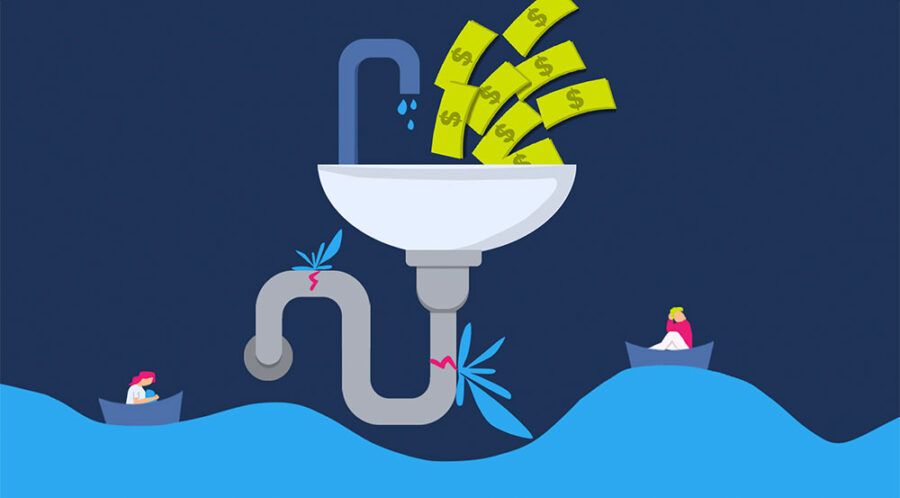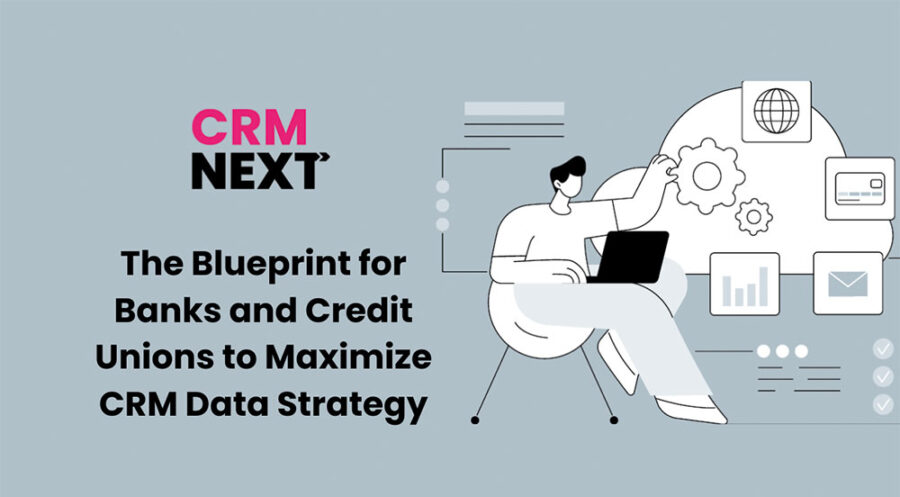Learn how credit unions and banks can proactively combat fraud in real-time payments with advanced security measures while maintaining regulatory compliance.
Traditional CRM systems are failing financial institutions, creating more problems than they solve. Banking executives consistently report frustration with systems that weren\’t designed for their industry\’s unique needs. This comprehensive analysis reveals the top ten CRM challenges banks and credit unions face, from complex interfaces that drive low adoption rates to hidden costs that drain resources. Discover how leading institutions are transforming their approach with banking-specific technology.
See how Magnifi Financial boosted efficiency and member satisfaction with BusinessNext\\\’s CRM solution designed for banks and credit unions.
Unlock immediate insights and rapid growth for your bank or credit union with innovative CRM solutions. Learn how to combat customer attrition, maximize existing relationships, and boost profits without costly, time-consuming upgrades.
Just because a bank or credit union customer doesn’t withdraw cash and close their account doesn’t mean they are loyal. Many banks and credit unions are losing customers daily to “silent attrition,” a trend in which consumers slowly expand their relationships with other financial institutions.
Many community banks and credit unions still operate with legacy systems and antiquated processes that can no longer keep pace with today’s demanding consumers and fast-paced environment.
Combined with the right strategy and process, a CRM enables banks and credit unions to connect the dots throughout the entire customer lifecycle. With these insights, banks and credit unions can customize messaging, continually recommend the next best product for the individual, and foster long-term loyalty.
In the face of growing competition, rising consumer expectations, and evolving economic conditions, it’s time for financial institutions to double down on the account holder experience. While products and rates are important, relationships and experience will ultimately influence where they do business.
A CRM is a valuable tool that enables banks and credit unions to break down silos and offer a full view of the customer or member across the entire organization and all channels. This can help banks and credit unions improve relationships, grow accounts, increase loyalty, and enhance the overall experience.
Contact Centers can easily become reactive, resulting in a subpar member experience. However, a contact center doesn’t need to be a bottleneck. It can instead become a secret weapon for improving member experiences and driving growth.









